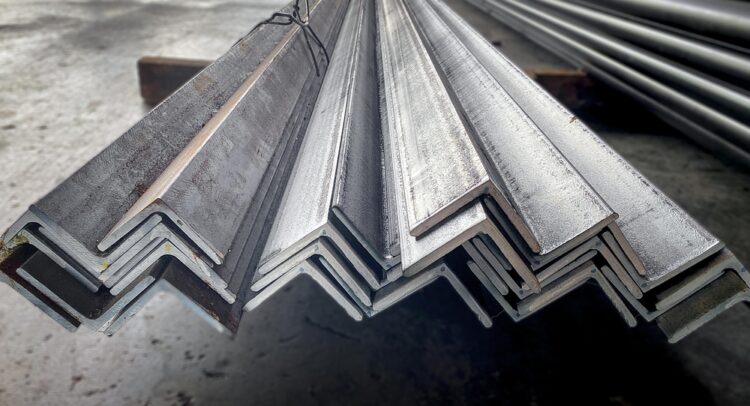In the ever-evolving landscape of global trade, tariffs on metals such as steel and aluminum have had significant effects on the construction industry. For building contractors and project managers, these price fluctuations can influence everything from budgeting to material sourcing. Understanding the impact of tariffs on metal prices and construction costs is essential for making informed decisions and mitigating financial risks.
How Tariffs Affect Metal Prices
Tariffs are government-imposed taxes on imported goods, designed to protect domestic industries by making foreign products more expensive. When tariffs are placed on steel and aluminum imports, the following consequences often occur:
- Increased Material Costs: Higher import taxes raise the cost of raw metals, affecting the overall price of construction materials.
- Domestic Market Inflation: With reduced competition from foreign imports, domestic metal producers may raise their prices, further increasing costs for builders.
- Supply Chain Disruptions: Contractors may struggle to source materials efficiently due to trade restrictions and price volatility.
The Ripple Effect on Construction Costs
When metal prices rise, construction costs follow suit. Here’s how tariffs impact key aspects of construction projects:
- Higher Project Budgets: Developers and contractors must allocate more funds to cover the increased cost of steel framing, structural components, and metal fixtures.
- Extended Timelines: Supply shortages and price fluctuations can cause delays in procurement, pushing back project schedules.
- Reduced Profit Margins: Companies working on fixed-price contracts may struggle to maintain profitability when material costs unexpectedly rise.
- Shifts in Material Selection: Contractors may seek alternative materials such as composites or engineered wood to offset rising metal prices.
Strategies to Mitigate Cost Increases
While tariffs and global trade policies are beyond the control of contractors, there are strategies to minimize their impact:
- Diversify Suppliers: Sourcing materials from multiple regions can reduce dependency on tariff-affected imports.
- Optimize Design Efficiency: Reducing material waste through smart design and advanced fabrication techniques can help control costs.
- Lock in Prices Early: Negotiating long-term contracts with suppliers can shield projects from price spikes.
- Stay Informed: Keeping up with trade policies and market trends allows contractors to anticipate changes and adapt accordingly.
Moving Forward in a Changing Market
The construction industry must remain agile in response to tariff-induced metal price changes. By implementing strategic planning and exploring innovative alternatives, contractors can minimize risks and maintain cost-effective project execution. At Cutting Edge Steel, we work closely with clients to navigate these challenges by providing high-quality, precision-fabricated metal components that maximize efficiency and value.
For more insights on metal fabrication and how to optimize costs amid market fluctuations, contact Cutting Edge Steel today!

